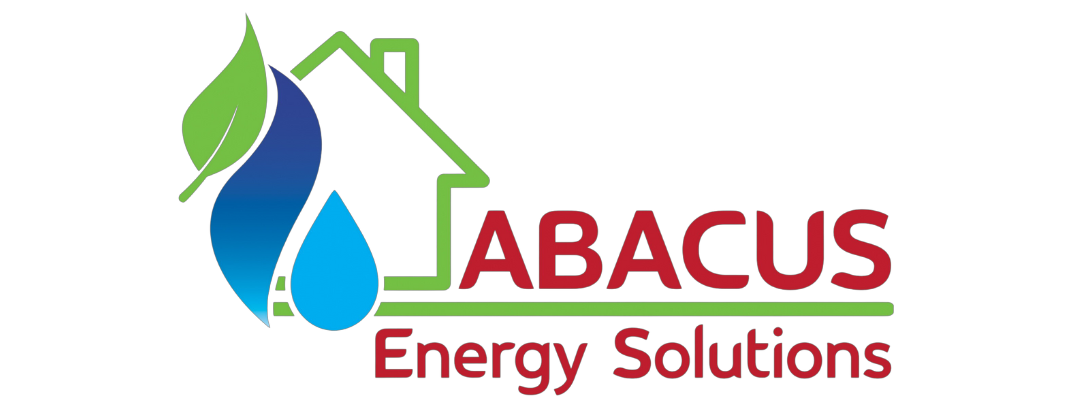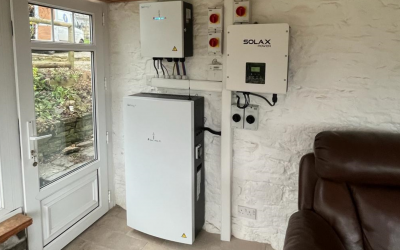In the realm of renewable energy, solar power stands as one of the most promising and widely adopted sources. As technology continues to advance, the ways in which we harness the sun’s energy evolve, leading us to realize that solar panels are not limited to rooftops alone. The ground beneath our feet has become a canvas for solar innovation, paving the way for ground-mounted solar panels to take centre stage in our sustainable energy landscape.
Unveiling the Potential: Ground-Mounted Solar Panels
When we think of solar panels, our minds often conjure images of rooftops adorned with shimmering arrays of photovoltaic cells. While rooftop solar installations have indeed played a crucial role in transitioning towards cleaner energy, the concept of ground-mounted solar panels introduces a new dimension to solar energy utilization.
1. Utilizing Space to the Fullest
One of the primary advantages of ground-mounted solar panels is their flexibility in terms of space utilization. Unlike rooftop installations, which depend on the available surface area of a building, ground-mounted panels can be placed in any open space, whether it’s a yard, field, or even a brownfield site. This enables installations to be scaled up easily and allows for optimal positioning to capture maximum sunlight throughout the day.
2. Enhanced Efficiency
Ground-mounted solar panels have the advantage of being adjustable to capture sunlight at the most optimal angles throughout the year. This adjustability ensures that the panels are oriented to receive direct sunlight, optimizing energy generation. Additionally, these installations can incorporate tracking systems that follow the sun’s path, maximizing energy output and efficiency.

3. Reduced Roof Constraints
Rooftop installations often have to contend with factors like structural limitations, shading from nearby buildings or trees, and the architectural layout of the building. Ground-mounted installations, on the other hand, are not bound by such constraints. This means that the panels can be positioned for optimal sun exposure without worrying about obstacles casting shadows on the panels.
4. Maintenance and Accessibility
Maintaining solar panels on rooftops might require specialized equipment and professionals for inspections and repairs. Ground-mounted panels are typically easier to access, making maintenance more straightforward and cost-effective. Technicians can easily reach the panels for cleaning, repairs, or upgrades, ensuring consistent and efficient energy production.
5. Diverse Applications
Ground-mounted solar panels can find application in a variety of settings beyond residential properties. They can be deployed for agricultural purposes, providing shade for crops or livestock while generating clean energy. They’re also suitable for commercial and industrial installations, where larger energy demands can be met with appropriately scaled arrays.
Embracing the Future: A Sustainable Path Forward
As we continue our journey toward a more sustainable energy future, it’s imperative that we explore innovative ways to harness renewable sources. Ground-mounted solar panels present a compelling opportunity to harness the sun’s energy efficiently and adaptably. Their ability to overcome space and structural constraints, coupled with their potential for increased energy generation, makes them a valuable addition to the renewable energy landscape.
Governments, businesses, and individuals can all play a role in promoting ground-mounted solar installations. Incentives, subsidies, and supportive policies can encourage the adoption of this technology, while educational campaigns can raise awareness about the benefits and feasibility of ground-mounted solar panels.
By diversifying our solar energy infrastructure through ground-mounted installations, we can not only meet our energy needs but also contribute to a cleaner, greener planet for generations to come. The sun’s power knows no bounds – let’s harness it from rooftops to open landscapes, paving the way to a brighter and more sustainable future.





